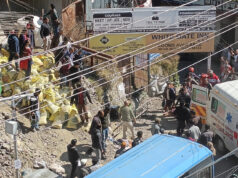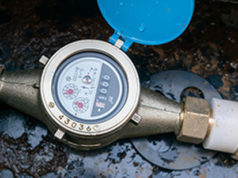Shimla – In a bid to prevent disruptions to traffic during the impending snowfall season in Himachal Pradesh, the Public Works Department has introduced a groundbreaking solution. The department has unveiled a state-of-the-art calcium chloride brine machine in Shimla, which is set to revolutionize the management of snow-covered roads.
Typically, Himachal Pradesh experiences snowfall from December through February, posing challenges to road maintenance and traffic flow. Despite a lack of snowfall in December 2023, authorities are gearing up for potential snowfall in January, taking proactive measures to ensure smooth transportation.
Public Works Minister Vikramaditya Singh inaugurated the first-of-its-kind calcium chloride brine machine outside the RTO office in Shimla on Monday. This machine, valued at lakhs of rupees, can produce 6,000 liters of calcium chloride daily. The inauguration marks a significant step in the region’s efforts to combat the adverse effects of snow accumulation on roads.
Engineer-in-Chief of the Public Works Department, Ajay Gupta, explained the process of using the calcium chloride brine solution to tackle icy road conditions. The chemical, produced by the machine, will be transported to snowy areas via pickup trucks. At a cost of Rs 500 per kilometer, one can prevent ice formation on roads by spraying the calcium chloride brine solution, offering an efficient and cost-effective solution.
As the snowfall season approaches, the department plans to conduct preemptive spraying on roads to prevent snow from adhering to the surface. This method is expected to be particularly effective on frozen snow-covered roads, with the solution capable of melting snow within five minutes.
The success of this initiative in Shimla could pave the way for the installation of similar machines in other snowfall-prone regions of Himachal Pradesh. With the introduction of this innovative technology, authorities aim to minimize disruptions to traffic, ensuring safer and more efficient travel during the challenging winter months.













